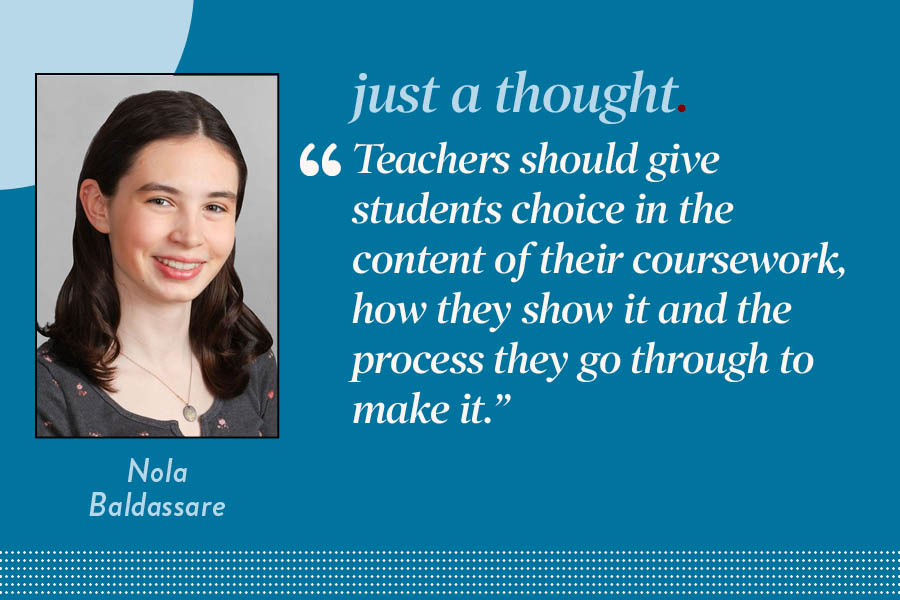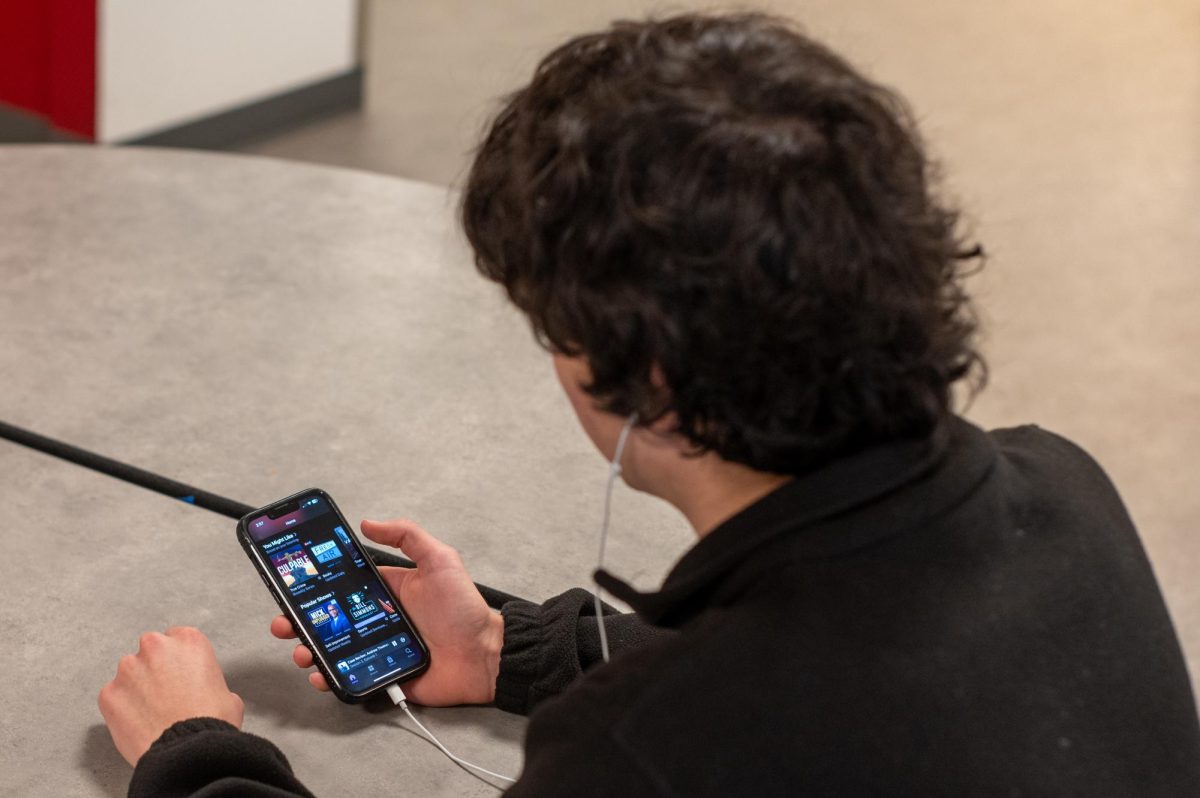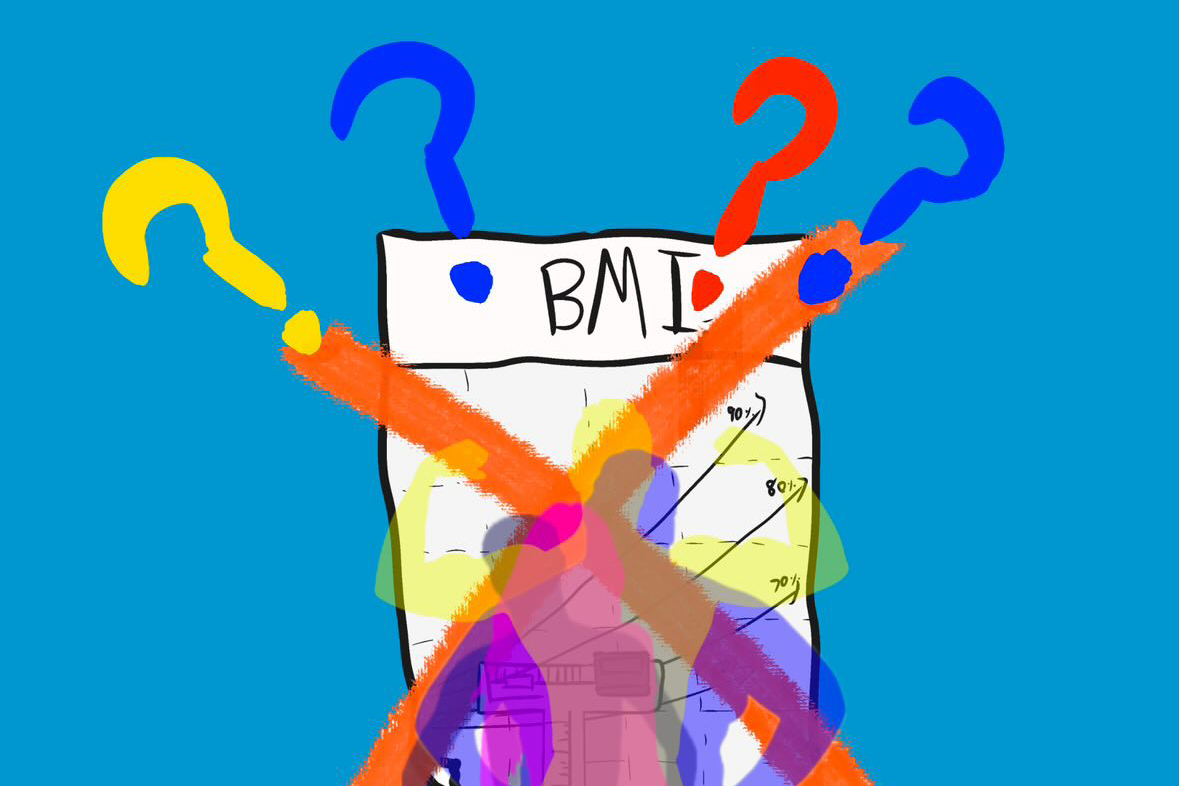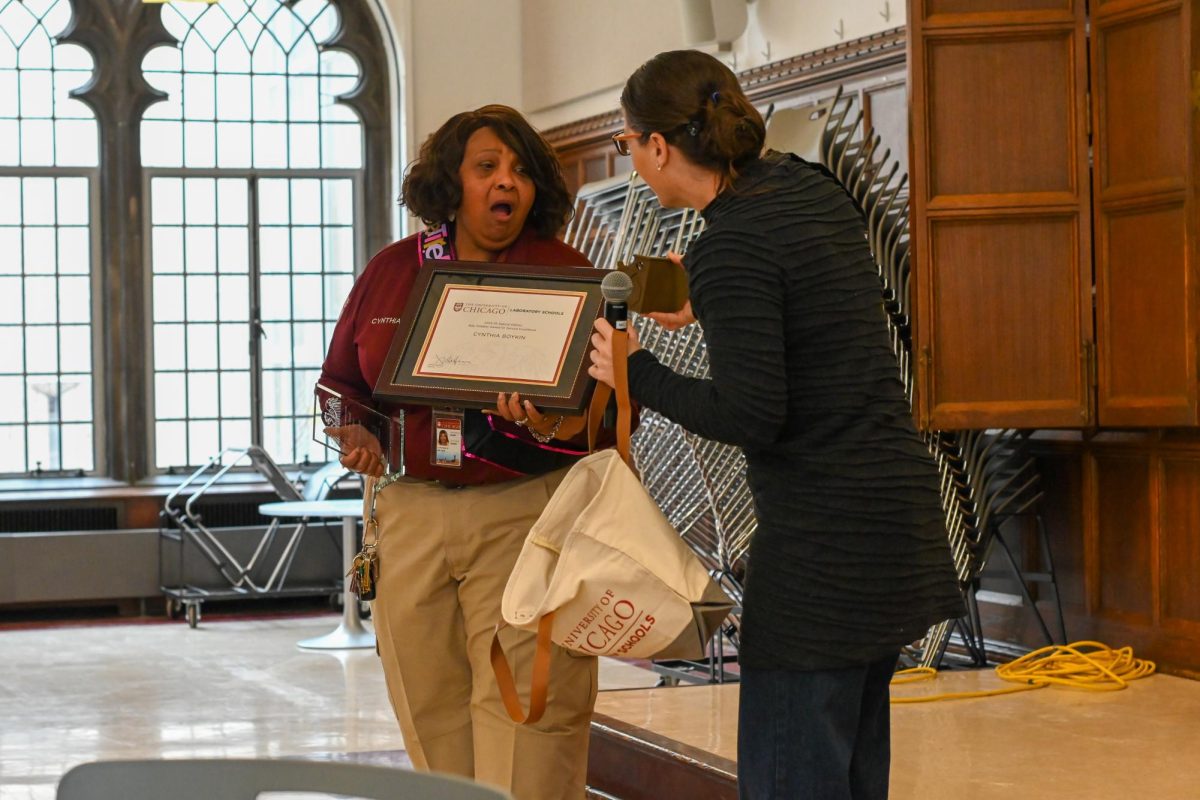Dance enriches, transforms student lives
March 8, 2022

With a raised hand, glittering costume and bells around her feet, junior Zara Baig enchants her audience through her gestures, expressions and movements. For hours in summer 2021, she and two others danced for their graduation, switching between solo and ensemble performances.
2022 is designated as the “Year of Chicago Dance.” The citywide, yearlong focus on dance is the first initiative of its kind and will include dance performances. It aims to encourage Chicago’s dance community to address critical issues facing dancers and their field.
U-High is home to several dancers, but they don’t need a special citywide program to learn more about dance. They’ve been dancing for years, and continue to invest time and effort into their communities.
Sophomore Celine Deroitte has danced since she was 6 and has been at the Hyde Park School of Dance for seven years. She considers herself a classical dancer and her main style of dance is ballet, though she also does modern regularly.
Ballet is her favorite style of dance due to its emphasis on order and correctness.
“I like it because it has a sense of right and wrong,” Celine said, “and because I’ve been in it for the longest, comparative to the other styles of dance, I’ve been able to see improvement the most.”
Ballet is foundational to many dancers, since it teaches precision, posture and rhythm.
“It builds a very clear foundation, and it can always be applied in every scenario,” Celine said. Unlike other types of dance, ballet’s “not the same, where you can apply your own style, just by changing your head a little bit or … a hand. It really is what it is.”
The rigidity of ballet contrasts with many other styles, and Sarina Zhao, who has danced at the Hyde Park School of Dance since she was 4, likes how ballet is different from modern.
“It’s such a different movement style and different movement quality compared to ballet, and it works different parts of your body and mind. The fluidity and athleticism of both styles is very different,” Sarina, a junior, said. “I think that having both of them gives me a much more well-rounded dance education.”
The precision and detail of ballet creates a different visual effect than modern’s body movements, such as contractions.
“Modern is a lot more grounded, which I like because it challenges me to use a different perspective to view dancing,” Sarina said, “whereas in ballet, there’s a lot of floaty things. The whole point of pointe shoes is to make it look like you’re not even walking, like you’re just floating through the air, and so everything is up. In modern, everything’s more grounded. The juxtaposition of those two has been very, very good for my dance education.”
Many dancers are trained in more than one discipline, but junior Nora Underwood dances four styles for the Village of Orland Park Dance Company. They appeal to her for different reasons.
“Ballet, it’s kind of the formation. It’s the basis for everything else, and it’s very much about the lyricism, the musicality, and it’s more precise. Jazz is more showmanship and performance,” Nora said. “Tap is more rhythmic, and then modern is really about flowing your movements from one to the next and more expressive.”
Although she enjoys all four types of dance, Nora’s favorite is modern.
“I like modern the most because it’s more personalized,” she said. “You kind of adapt it to how you interpret a specific move or piece of music.”
Nora started dancing when she was 3. As her academic workload increased, she made the choice to drop modern this year. Still, she dances around seven hours a week. She finds motivation to continue dancing through her community.
“It’s something that I really love to do, and I have a really fun time with it. I really like the other people who are on my company,” Nora said. “If I’m tired or having a bad day, I always come out in a better mood after spending two and a half hours laughing.”
Junior Zara Baig has danced Kathak, a form of Indian classical dance, for more than 11 years. She credits Kathak with shaping who she is.
“It’s been part of my personal identity for a really long time,” Zara said. “I think without it, I wouldn’t be who I am today, because it’s really taught me discipline, work ethic, things like understanding, empathy, putting my own effort into things.”
While all forms of dance teach strength and control, Zara also learned how to identify with others through Kathak. The root word, “Katha,” actually means “storytelling,” and Kathak focuses on exactly that.
“The main purpose is to tell a story, whether that is about love, sadness, gods, things like that,” she said. “Facial and hand expressions, as well as gestures, are really important to help portray the story.”
Zara emphasized how critical understanding the story behind a dance is.
“You have to really understand the story from within if you really want to be a good storyteller. You have to try and empathize if you want to be a good storyteller,” Zara said. “Otherwise, it seems not genuine. The audience is not moved. It’s a useless performance. You’re just moving on stage — there’s no meaning to it.”
Dance has enriched and transformed the lives of these four students, and although much of the city won’t see the months of preparation leading up to a performance, the “Year of Chicago Dance” is an excellent opportunity to learn more about these artists.



























































